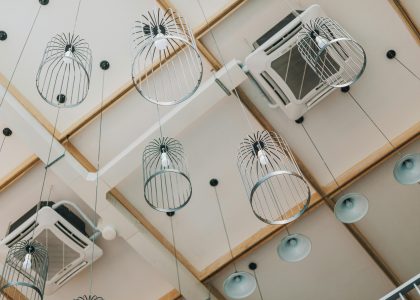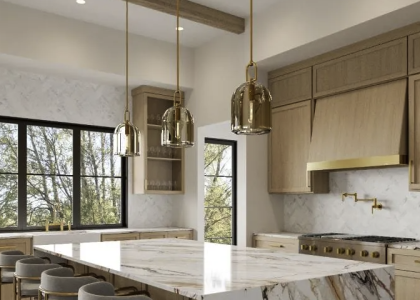Introduction
Lighting technology has come a long way since the invention of the lightbulb by Thomas Edison in 1879. Today, lighting offers more than just illumination; it can enhance our health, mood, and productivity. In this article, we will explore the ways in which light technology has transformed the way we live and work.
Section 1: Health Benefits of Light Technology
Light plays a crucial role in regulating our sleep-wake cycle, also known as the circadian rhythm. Exposure to blue light, which is abundant in daylight, helps to suppress the production of melatonin and keep us alert during the day. On the other hand, exposure to warmer, amber lights in the evening can help to trigger the production of melatonin, promoting a good night’s sleep. Light therapy is also used to treat a variety of health conditions, such as Seasonal Affective Disorder and sleep disorders.
Subsection 1.1: Circadian Lighting
Circadian lighting, also known as tunable lighting, adjusts the color temperature and intensity of light throughout the day to mimic natural daylight. This type of lighting is commonly used in schools, hospitals, and office buildings to promote alertness during the day and better sleep at night. Studies have shown that circadian lighting can improve mood, productivity, and overall well-being.
Subsection 1.2: Light Therapy
Light therapy involves exposure to artificial light that mimics natural sunlight. It is used to treat a variety of health conditions, such as depression, Seasonal Affective Disorder, and sleep disorders. Light therapy works by regulating the production of melatonin and serotonin, which are neurotransmitters that affect mood and sleep patterns.
Section 2: Productivity and Efficiency
In addition to its health benefits, light technology can also increase productivity and efficiency in the workplace. Proper lighting can reduce eyestrain, headaches, and fatigue, while enhancing visual clarity and alertness. Lighting can also be used to highlight certain areas or objects, making them easier to find and improving safety in the workplace.
Subsection 2.1: Task Lighting
Task lighting provides focused, directional light to help workers perform specific tasks, such as reading, writing, or using a computer. This type of lighting can reduce eyestrain and improve accuracy and productivity in the workplace. Task lighting can be provided through desk lamps, under-cabinet lighting, or ceiling-mounted fixtures.
Subsection 2.2: Energy-Efficient Lighting
Energy-efficient lighting, such as LED lights, can save businesses money on energy costs while also providing better quality light. LED lights are more durable and last longer than traditional incandescent bulbs, which need to be replaced more frequently. Additionally, LED lights use less energy and produce less heat, making them a safer and more eco-friendly option.
Section 3: Aesthetics and Mood Enhancement
Lighting can also be used to enhance the aesthetic appeal of a space and promote a certain mood or ambiance. Color temperature, intensity, and direction of light can all influence our emotions and perceptions of a space. For example, warm, amber lights can create a cozy, intimate atmosphere, while cool, blue lights can make a space feel more vibrant and energetic.
Subsection 3.1: Architectural Lighting
Architectural lighting is the use of light to enhance the design features of a building, such as highlighting a façade or accentuating a particular architectural element. This type of lighting can create a dramatic effect and enhance the visual appeal of a space.
Subsection 3.2: Mood Lighting
Mood lighting involves the use of colored lights to create a particular ambiance or mood in a space. For example, blue lights can create a calming effect, while red lights can create a sense of energy and excitement. Mood lighting is often used in restaurants, nightclubs, and other entertainment venues to create a specific atmosphere.




